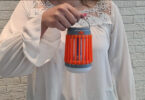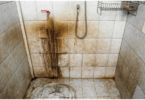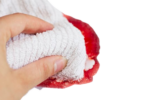Bathroom scales are an essential tool for monitoring our weight and overall health. However, like any instrument, they need regular calibration to ensure accurate readings. In this article, you will learn how to calibrate your bathroom scale, be it mechanical or digital.
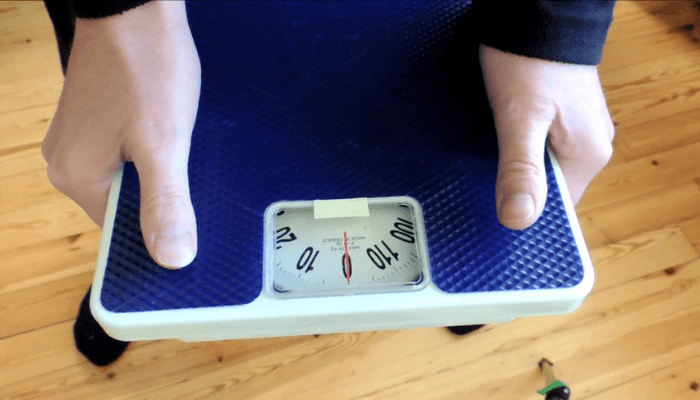
Why Calibrating Your Bathroom Scale is Important
Calibrating your bathroom scale is crucial for obtaining accurate measurements. Over time, wear and tear or changes in the environment can cause discrepancies in the readings. Regular calibration helps to correct these errors, allowing you to track your weight progress with confidence.
Types of Bathroom Scales
There are two main types of bathroom scales: mechanical and digital. Each requires a different calibration method.
Mechanical Bathroom Scales
Mechanical bathroom scales are the traditional analog scales, which display your weight using a dial or pointer. They are known for their simplicity and durability but may be less precise than digital scales.
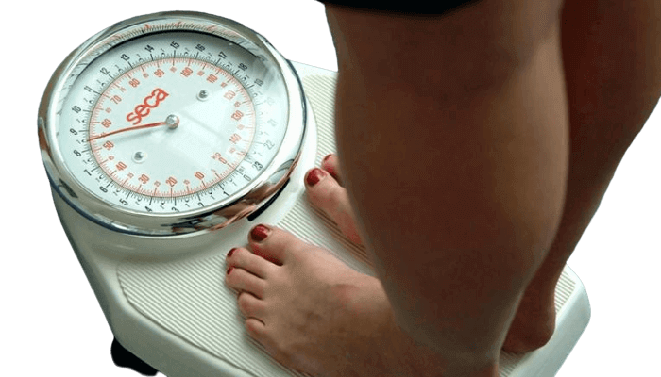
Digital Bathroom Scales
Digital bathroom scales use electronic sensors to measure weight and display the results on an LCD screen. They offer greater accuracy and additional features, such as tracking body fat percentage and muscle mass.
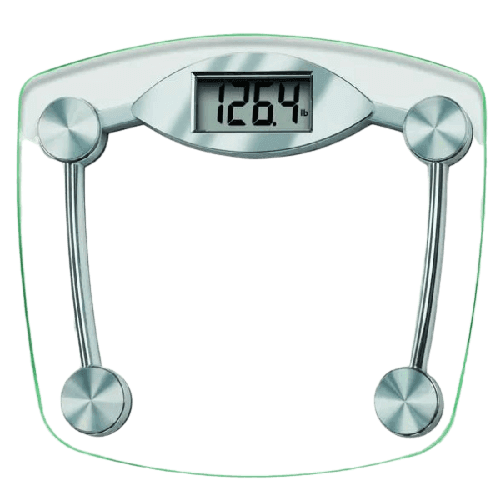
How to Calibrate a Mechanical Bathroom Scale
Preparing for Calibration
- Place the scale on a flat, level surface.
- Ensure the scale is clean and free of debris.
- Remove any objects from the scale.
Adjusting the Scale
- Locate the calibration dial or adjustment knob, usually found on the bottom or side of the scale.
- Set the pointer to zero.
- Test the scale’s accuracy by weighing a known object (e.g., a 5-pound dumbbell). If the reading is accurate, the scale is calibrated. If not, repeat the process.
How to Calibrate Your Digital Bathroom Scale
Preparing for Calibration
- Place the scale on a flat, level surface.
- Ensure the scale is clean and free of debris.
- Remove the batteries for a minute, then reinsert them.
Zeroing the Scale
- Press the “On” or “Power” button.
- Wait for the scale to display “0.0” or “0.00” before stepping on it.
- Remove any objects from the scale.
Testing the Scale’s Accuracy
- Weigh a known object (e.g., a 5-pound dumbbell).
- Compare the reading to the object’s actual weight. If it’s accurate, the scale is calibrated. If not, consult the user manual for specific calibration instructions.
Tips for Ensuring Accurate Measurements
- Always use your scale on a flat, level surface to prevent inconsistencies in readings.
- Weigh yourself at the same time each day, preferably in the morning after using the restroom and before eating or drinking.
- Stand still and evenly distribute your weight on the scale for a consistent reading.
- Use the same scale for all measurements to avoid discrepancies between different devices.
Troubleshooting Common Issues
- If your scale displays an error message, consult the user manual for guidance on resolving the issue.
- If your scale’s readings fluctuate, ensure that it is on a level surface and that there are no external factors affecting its accuracy (e.g., drafts, vibrations).
- If your scale consistently provides inaccurate readings, it may be time to replace the batteries or the entire device.
Maintaining Your Bathroom Scale
- Clean your scale regularly with a damp cloth and mild detergent, avoiding the use of harsh chemicals.
- Store your scale in a dry and temperature-controlled environment to prevent damage from humidity and extreme temperatures.
- Replace batteries as needed, as low batteries can cause inaccurate readings.
Conclusion
Calibrating your bathroom scale is a simple yet essential task for ensuring accurate weight measurements. By following the steps outlined in this article and maintaining your scale properly, you can confidently track your weight progress and work towards your health goals.
Frequently Asked Questions
Calibrate your bathroom scale every few months or if you notice discrepancies in the readings. You should also calibrate it after moving or changing the batteries.
It is best to use a known weight, such as a dumbbell or a bag of flour, for accurate calibration. If you don’t have access to a known weight, try to find an object with a weight listed on the packaging.
Minor fluctuations in weight are normal due to factors such as hydration levels, time of day, and clothing. However, significant fluctuations may indicate a need for calibration or a problem with the scale itself.
If your bathroom scale remains inaccurate after calibration, consult the user manual for additional troubleshooting steps or consider replacing the device.
It’s best to use a hard, level surface like a tile or hardwood floor. Avoid using carpet or uneven flooring, as these can cause inaccuracies in the readings.



